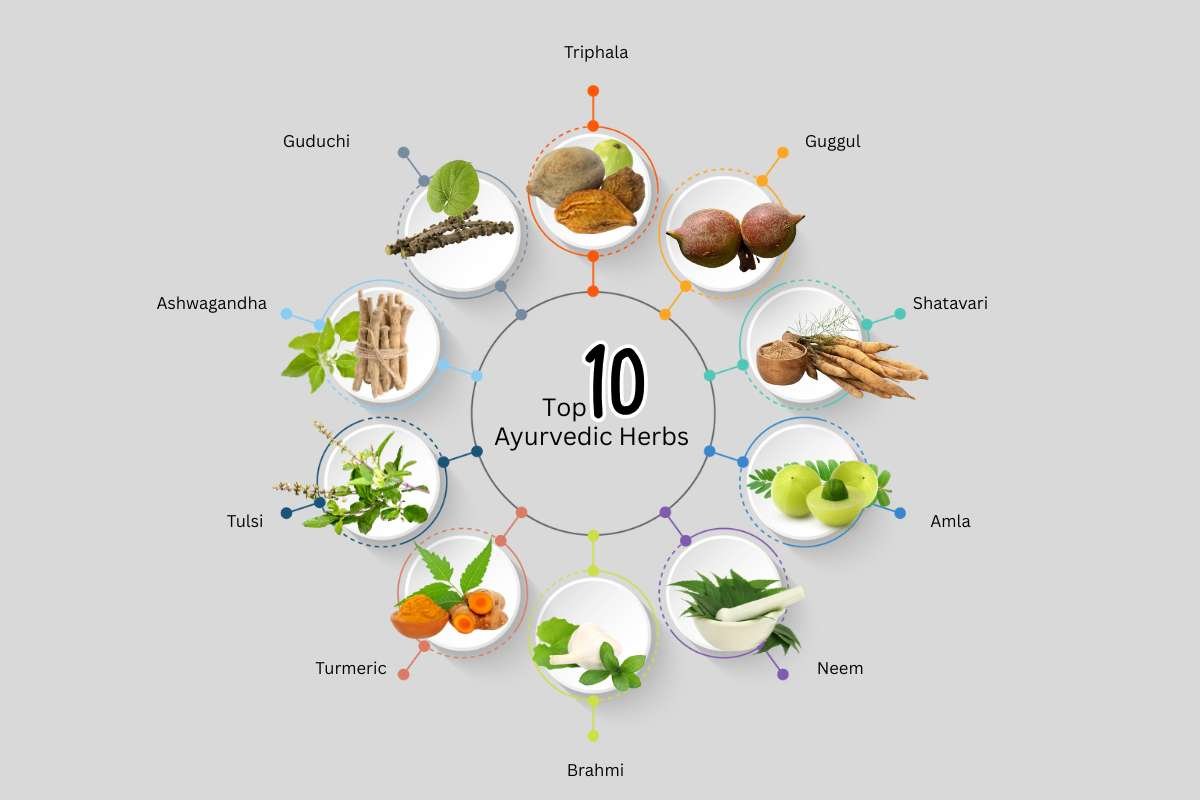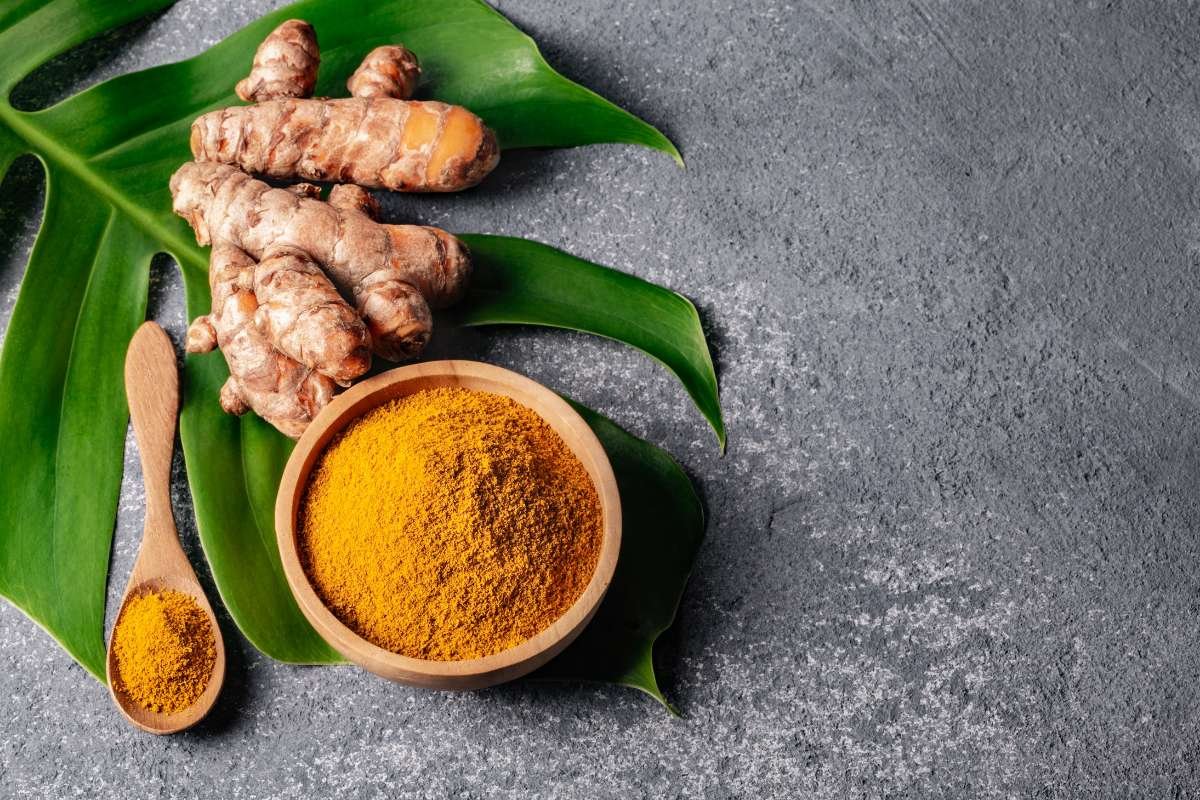Ayurveda, the ancient system of medicine born in India over 5,000 years ago, continues to resonate in the modern world. Rooted in the philosophy of balance between bodies, mind, and spirit, it offers a natural and holistic approach to healing. Over centuries, Ayurveda has introduced humanity to a treasure trove of plant-based remedies, many of which are still used today across households, wellness retreats, and even clinical settings. At the heart of this enduring tradition are herbs and plants celebrated for their remarkable ability to heal, rejuvenate, and restore harmony.
These natural wonders, once passed down through generations by word of mouth, are now being validated by modern science for their potent therapeutic benefits. As more people turn away from synthetic solutions in search of cleaner, more sustainable wellness options, the best Ayurvedic plants are stepping into the global spotlight like never before.
In this article, we’ll explore the profound wisdom of Ayurveda through a scientific lens and introduce you to ten of the best Ayurvedic plants, herbs that are not only shaping the future of holistic health but also bridging the gap between ancient traditions and contemporary life..
Understanding Ayurveda Through a Scientific Lens
Ayurveda, which means “the science of life,” is more than just herbal treatments—it’s a holistic approach to health that emphasizes balance in body, mind, and spirit. While it dates back over 5,000 years, modern science has only recently begun to uncover the mechanisms behind Ayurvedic principles.
Research now validates that many best Ayurvedic plants contain bioactive compounds, like alkaloids, flavonoids, and terpenes, that exhibit antioxidant, anti-inflammatory, antimicrobial, and adaptogenic properties. Clinical studies are increasingly exploring how these herbs interact with the body at the cellular level, offering alternative or complementary solutions to conventional medicine.
Top 10 Ayurvedic Herbs (Benefits and Side Effects)
Here are ten of the best Ayurvedic plants, along with their scientifically supported benefits and known side effects:

1. Ashwagandha (Withania somnifera)
- Benefits: Reduces stress, enhances stamina, improves cognitive function.
- Side Effects: High doses may cause digestive issues, drowsiness, or hormonal fluctuations.
2. Tulsi (Holy Basil)
- Benefits: Strengthens immunity, combats respiratory issues, balances blood sugar levels.
- Side Effects: May thin blood; not recommended for those on anticoagulants.
3. Turmeric (Curcuma longa)
- Benefits: Anti-inflammatory, boosts liver function, supports joint health.
- Side Effects: Excessive intake can lead to stomach upset or iron absorption issues.
4. Brahmi (Bacopa monnieri)

- Benefits: Enhances memory, reduces anxiety, supports cognitive health.
- Side Effects: May cause dry mouth, fatigue, or interactions with sedatives.
Also Read: Want Best Indoor Houseplants? You Will be Surprised to See the List
5. Neem (Azadirachta indica)
- Benefits: Detoxifies the body, promotes skin health, and has antibacterial properties.
- Side Effects: Can lower blood sugar; avoid during pregnancy.
6. Amla (Indian Gooseberry)
- Benefits: Rich in vitamin C, promotes hair growth, and improves digestion.
- Side Effects: May cause acidity in people with sensitive stomachs.
7. Shatavari (Asparagus racemosus)
- Benefits: Balances hormones, supports female reproductive health, and acts as a natural diuretic.
- Side Effects: Could cause allergic reactions or interact with diuretics.
8. Guggul (Commiphora mukul)

- Benefits: Regulates cholesterol, reduces inflammation, and supports thyroid function.
- Side Effects: Can cause skin rashes or interfere with birth control pills.
9. Triphala (Blend of three fruits: Amalaki, Bibhitaki, Haritaki)
- Benefits: Improves digestion, detoxifies the colon, and aids weight loss.
- Side Effects: Overuse may result in diarrhea or dehydration.
10. Guduchi (Tinospora cordifolia)
- Benefits: Enhances immunity, helps manage fever, and supports liver health.
- Side Effects: May lower blood sugar; caution for diabetics on medication.
These ten standouts among the best Ayurvedic plants have stood the test of time, offering a wealth of wellness benefits while also requiring responsible use.
Also Read: 10 Food Rules in Ayurveda you must know
Future of Ayurvedic Plants in Life Sciences
As global interest in herbal and plant-based medicine soars, Ayurveda is experiencing a renaissance—this time under the microscope of modern science. The intersection of Ayurveda and biotechnology is paving the way for revolutionary therapies. Researchers are now exploring nanotechnology to deliver active ingredients from Ayurvedic herbs more efficiently. DNA barcoding is also being used to ensure purity and authenticity in herbal formulations.
Moreover, clinical trials on adaptogenic herbs like Ashwagandha and Brahmi are making their way into peer-reviewed journals, validating claims made centuries ago. As lifestyle diseases such as diabetes, hypertension, and anxiety become more prevalent, the best Ayurvedic plants offer sustainable, low-side-effect alternatives or complements to allopathic drugs.
Regulatory bodies such as the World Health Organization (WHO) and AYUSH (India’s Ministry of Ayurveda, Yoga, Unani, Siddha, and Homeopathy) are pushing for standardized practices to integrate Ayurvedic medicine into global healthcare frameworks. The future may see hospitals and clinics routinely prescribing Ayurvedic herbs alongside pharmaceutical drugs for a more holistic healing experience.
Also Read: Why 3000-year-old Ayurveda is still among the Best Medicinal Practices?
Conclusion
There’s something incredibly comforting about turning to nature for healing, like tapping into an age-old wisdom that’s always been there. Ayurveda does exactly that, using time-tested plant remedies that still hold their ground today. The best Ayurvedic plants don’t just remind us of traditional healing; they also meet today’s growing need for natural, clean, and sustainable wellness solutions.
As modern science continues to back up what ancient healers already knew, we’re seeing a beautiful blend of tradition and innovation, where the East’s ancient knowledge meets the West’s scientific approach. By learning both the benefits and boundaries of each herb, and combining that wisdom with research, we’re in a unique position to make the most of the best Ayurvedic plants, not just for ourselves, but for future generations too.
FAQ:
1. What are the most important Ayurvedic plants?
The top 10 Ayurvedic herbs list, including Ashwagandha, Tulsi, Triphala, Turmeric, Neem, Amla, Brahmi, Shatavari, Guggul, and Giloy, offers a holistic approach to health and well-being.
2. Which herb is the king of Ayurveda?
Ashwagandha (Withania somnifera) is a traditional rasayana remedy of Ayurveda, a term used to describe longevity tonics or herbs that promote well-being, balanced energy levels, and overall good health. Ashwagandha is considered the king of herbs, while shatavari is the queen.
3. Who is the father of Ayurveda?
Charak is known as the father of Ayurveda or the father of Ayurvedic medicine. He wrote a book named Charak Samhita, on medicine which contained the description of a large number of diseases and discusses their treatment.








